Andrea del Sarto (1486-1530)
Get a Del Sarto Certificate of Authenticity for your painting (COA) for your Del Sarto drawing.
For all your Del Sarto artworks you need a Certificate of Authenticity (COA) in order to sell, to insure or to donate for a tax deduction.
Getting a Del Sarto Certificate of Authenticity (COA) is easy. Just send us photos and dimensions and tell us what you know about the origin or history of your Del Sarto painting or drawing.
If you want to sell your Del Sarto painting or drawing use our selling services. We offer Del Sarto selling help, selling advice, private treaty sales and full brokerage.
We have been authenticating Del Sarto and issuing certificates of authenticity since 2002. We are recognized Del Sarto experts and Del Sarto certified appraisers. We issue COAs and appraisals for all Del Sarto artworks.
Our Del Sarto paintings and drawings authentications are accepted and respected worldwide.
Each COA is backed by in-depth research and analysis authentication reports.
The Del Sarto certificates of authenticity we issue are based on solid, reliable and fully referenced art investigations, authentication research, analytical work and forensic studies.
We are available to examine your Del Sarto painting or drawing anywhere in the world.
You will generally receive your certificates of authenticity and authentication report within two weeks. Some complicated cases with difficult to research Del Sarto paintings or drawings take longer.
Our clients include Del Sarto collectors, investors, tax authorities, insurance adjusters, appraisers, valuers, auctioneers, Federal agencies and many law firms.
Andrea del Sarto art authentication. Andrea del Sarto appraisal. Andrea del Sarto certificates of authenticity (COA). Andrea del Sarto analysis, research, scientific tests, full art authentications. We will help you sell your Andrea del Sarto or we will sell it for you.
Andrea del Sarto was one of the most accomplished draftsmen of the High Renaissance and one of its most significant painters. He spent his entire life, in Florence, except for a year in France. His father was a tailor, hence the nickname “del Sarto’ which means of the tailor.

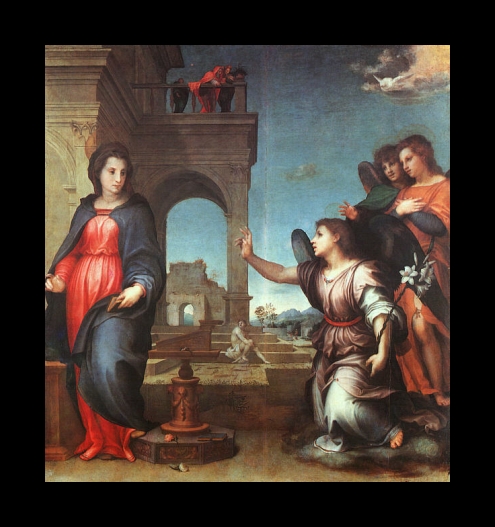
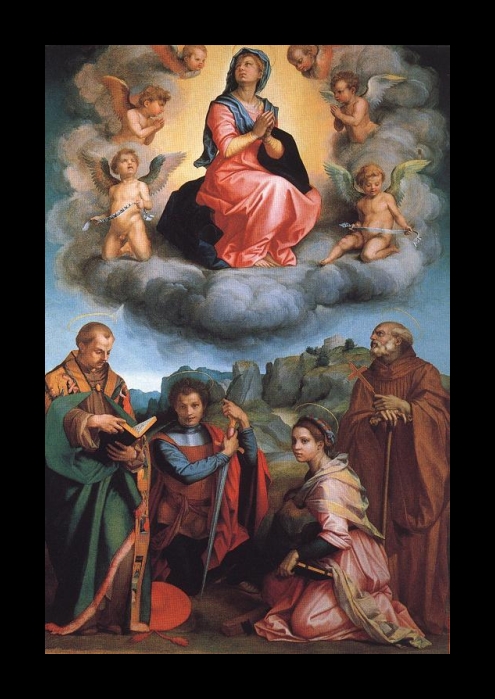

Del Sarto’s studio was among the most prolific of the early 16th century producing hundreds of drawings and paintings. Del Sarto trained under Piero di Cosimo and other eminent artists of his time. His art shows exposure to the work of Raphael and Fra Bartolommeo, his contemporaries in Florence. Among del Sarto’s influences was Leonardo da Vinci, from whom he adopted the technique sfumato, which means the blending of colors so that they subtly mesh with each other like smoke. But del Sarto used warmer, more mellow tones than Leonardo.

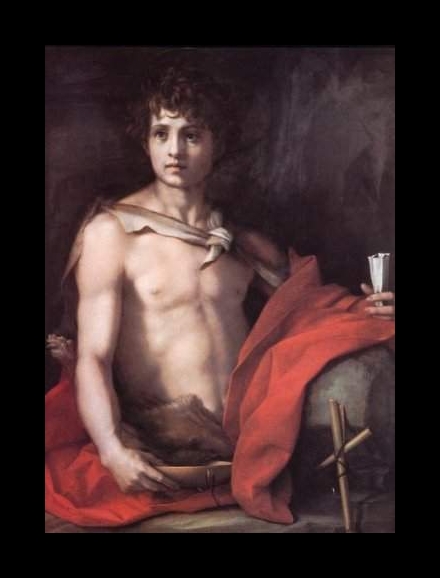
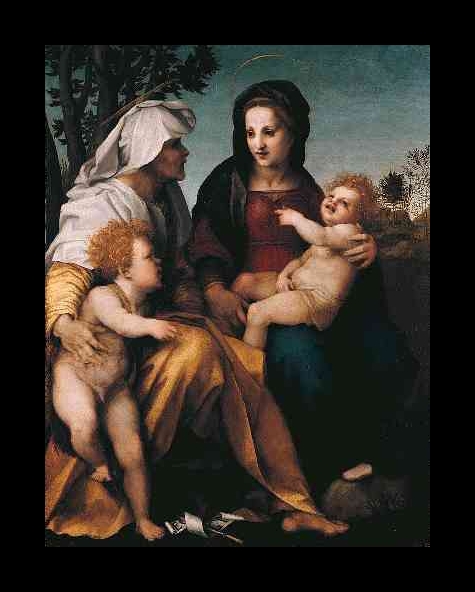
Andrea del Sarto’s students included Pontormo, Squazzella, Fiorentino, Salviati, del Conte, and del Buda. His student, Giorgio Vasari, caused a scandal about del Sarto. Vasari vilified del Sarto’s wealthy wife (the widow Lucrezia del Fede), and her supposed malign influence on del Sarto. Most of these accusations have been proven false, and they were taken out of later editions of Vasari’s account of del Sarto’s life. Vasari’s gossip, however, did influence Ernest Jones, a student of Freud, who in 1913 wrote about the deleterious influence of the dominant Lucrezia on the art of del Sarto, and also the poet Robert Browning who wrote on a similar theme in 1855. By the mid-20th century, however, del Sarto’s reputation was restored.
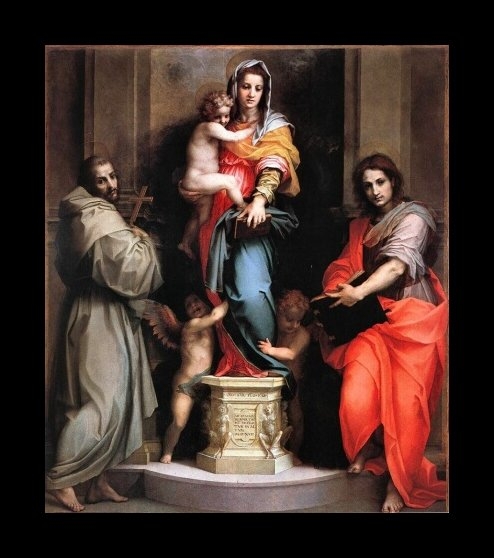
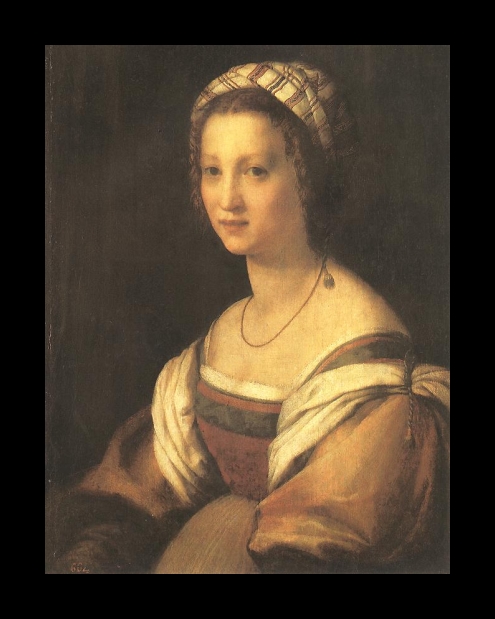
Del Sarto is renowned for his altarpieces (among them The Madonna of the Harpies, now at the Uffizi in Florence), and frescoes, prominent examples of which are in Florence at Chiostro dello Scalzo and SS Annunziata. Del Sarto’s portraits are also considered among the outstanding examples from the first part of the 16th century.




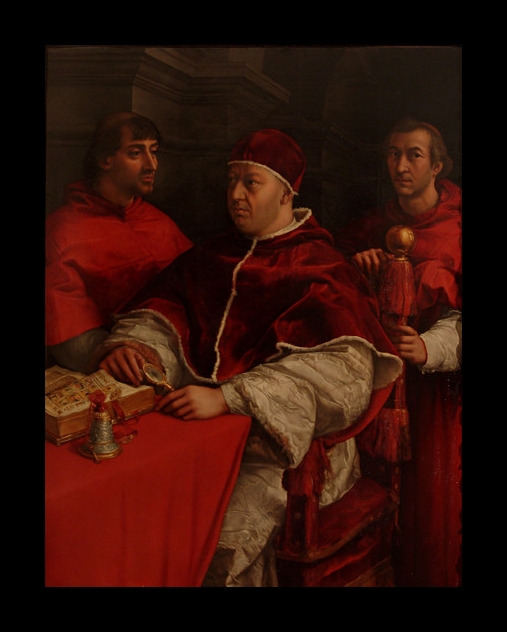
Coutesy insecula.com
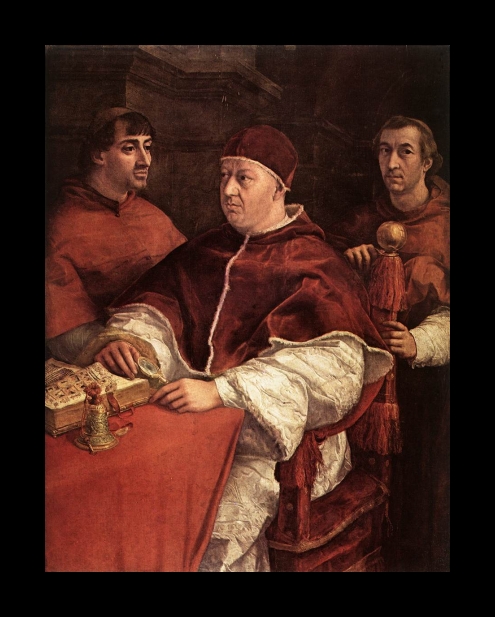
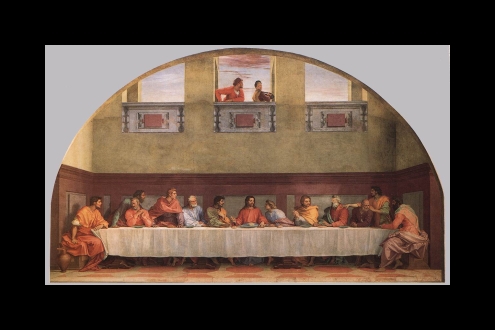
Sarto Discoveries
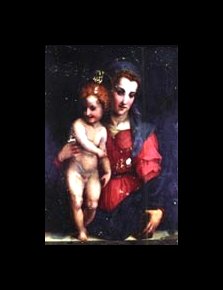
A painting Madonna and Child by Andrea del Sarto was rediscovered in 2001 after having disappeared in 1649. It was one of the last paintings completed by del Sarto before he died in 1530. The painting is currently in a private collection.
Please contact Art Certification Experts if you have any questions about your del Sarto drawing or painting.
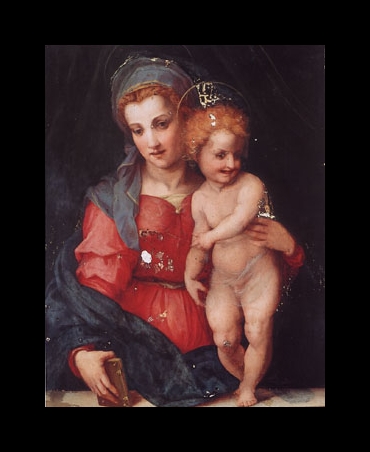
Reviews
1,217 global ratings
5 Star
4 Star
3 Star
2 Star
1 Star
Your evaluation is very important to us. Thank you.
